- Home >
- Our Actions >
- Ambassador report
4
Comments
Wetlands in Austria |
|---|
|
by Aaditya Singh | 25-03-2018 05:57
|
|
Not only are Wetlands precious areas of biodiversity, but they also play a vital role in sequestering CO2. As I explained in my introductory report on Wetlands, these unique ecosystems store large amounts of carbon and thus help to avert climate change and global warming. However, wetlands are being slowly consumed to provide for industry and agriculture. Austria has initiated various campaigns and best-practice projects for conservation of wetlands that include:
Austria is implementing novel ways to protect her wetlands, some examples of which I have outlined below. Preserving wetlands by providing habitat for indigenous species Marchegg wetlands in Eastern Austria, were once part of a huge ecosystem stretching along three meandering rivers, the Thaya, the Morava and the Danube, and covering hundreds of square kilometers. Farming and flood mitigation reduced this area to a few thousand hectares, co-owned and preserved by the WWF. The distinctly diverse landscaped including brown fields and meadows contribute to the rich biodiversity of this reserve, providing habitat to species like storks that need swamps and water, in addition to other species such as the Konik horse that need dry meadows in the summer. Wild Konik horses have been imported from Poland and reintroduced to the Marchegg wetlands. Their grazing assists the storks and other birds in their search for insects and field mice. From Mine to Preserved Wetland Another wetland area north of Austria at Schrems, close to the Czech border, a 300-hectare area of peat-land, moor, and lagoon has been set aside for preservation and for visitors to explore. In the past, the area was heavily mined for peat to fuel the furnaces of the local glass industry, but now tourists come to the visitor centre known as Unterwasserreich, or Underwater Kingdom, to learn about the region's wildlife. Land-use app Steffen Fritz, a scientist at the International Institute for Applied Sytems Analysis (IIASA), an Austrian-based international organization, which studies global systems, especially climate change, has developed an app for mobile devices called FotoQuest Austria to get the public involved in mapping the country's remaining wetlands. Citizen scientists interested to help gather important land-use and land-cover data can download the app, and can find points which IIASA is exploring, what is the land cover on those points and then contribute very valuable data in terms of land cover and land use. Such involvement of the public will certainly help in conservation efforts. Conclusion Since World War II, Austria had turned 350,000 hectares of river landscape and wetlands over to farmland. However, it is now European and Austrian government policy to preserve wetlands. The Ramsar convention entered into force in Austria on 16 April 1983. This Convention on Wetlands, is the intergovernmental treaty that provides the framework for the conservation and wise use of wetlands and their resources. The Convention was adopted in the Iranian city of Ramsar in 1971 and came into force in 1975. Since then, almost 90% of UN member states, from all the world?s geographic regions, have acceded to become 'Contracting Parties'. Austria currently has 23 natural sites designated as Wetlands of International Importance (Ramsar Sites), with a surface area of 124,968 hectares. Additionally, there are Human-made wetlands like seasonally flooded agricultural lands, Aquaculture ponds, Canals and drainage channels or ditches, Canals and drainage channels or ditches filter, Water storage areas/Reservoirs. With such efforts and collaboration of authorities, NGOs and the public, I see a marked upward shift in conservation of Wetlands in Austria. Sources and References http://www.dw.com/en/storks-apps-and-wild-horses-protecting-austrias-wetlands/a-18691119 https://www.ramsar.org/wetland/austria https://www.ramsar.org/news/wasserleben-brochure-highlights-austrias-best-wetland-projects |
|
|










 Previous : Wetlands in UAE
Previous : Wetlands in UAE
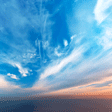
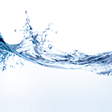
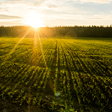
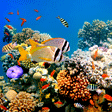
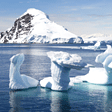
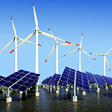
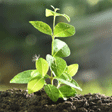
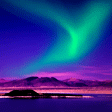

4 Comments
Thank you Bharat for your comment.
Posted 05-08-2018 17:17
Thank you Mentor Gyeongrin for acknowledging. I have tried to divide by report into parts to give an introduction of the topic in general and an overview of it in relation to Austria whee I currently reside and UAE where I used to reside earlier.
Posted 05-08-2018 17:17
Thank you Aaditya Singh for sharing this article. :) :)
Posted 26-03-2018 14:05
Hello Aaditya!
I've just read your introduction about wetland, and that report makes me easier to fully understand this second report. This time, the report covers the particular status quo of Austria! I have been to Austria last year and saw many beautiful places and hope that those environment could be kept from further destruction.
Thanks for the report!
Posted 25-03-2018 22:11